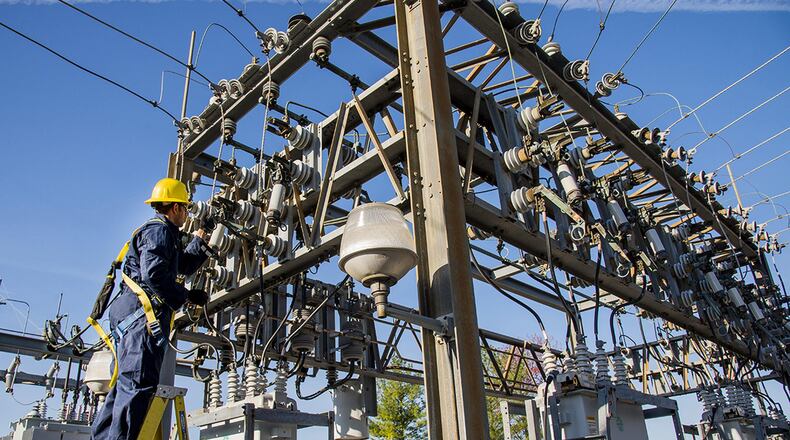“The Air Force recognizes the resiliency of the energy grid but also understands both nature and adversaries could separate our missions from the electrons they need,” said Mark Correll, deputy assistant secretary of the Air Force for Environment, Safety and Infrastructure. “Participating in exercises like GridEx IV, allows us to test our preparedness plans and ensure the Air Force has resilient energy capabilities to assure our critical defense missions continue during a real-life crisis.”
One of the main objectives of the exercise was to identify communication friction points and look for possible solutions.
Staff from Joint Base Langley-Eustis, Virginia, were among the Air Force participants in the exercise.
“Our participation in GridEx provided a great forum to work with our key mission partners and utility service provider,” said Dan Porter, 633rd Civil Engineer Squadron base energy manager. “It helped to improve our lines of communication, increased our collaborative efforts and elevated the importance of JBLE’s energy assurance plans.”
“We are stronger when we put our capabilities together,” added Correll. “Sharing information and coordinating resources among public and private efforts will increase the readiness of our installations now and will improve their resiliency in the future.”
The North American Electric Reliability Corporation, a not-for-profit international regulatory authority whose mission is to assure the reliability and security of the bulk power system in North America and the sponsoring organization for GridEx IV, is currently working on a public report of recommendations and lessons learned. The report is scheduled for release in early 2018.
For more information on how the Air Force is improving resiliency, visit the Assistant Secretary of the Air Force for Installations, Environment and Energy's website at www.safie.hq.af.mil/Programs/Energy.
About the Author
